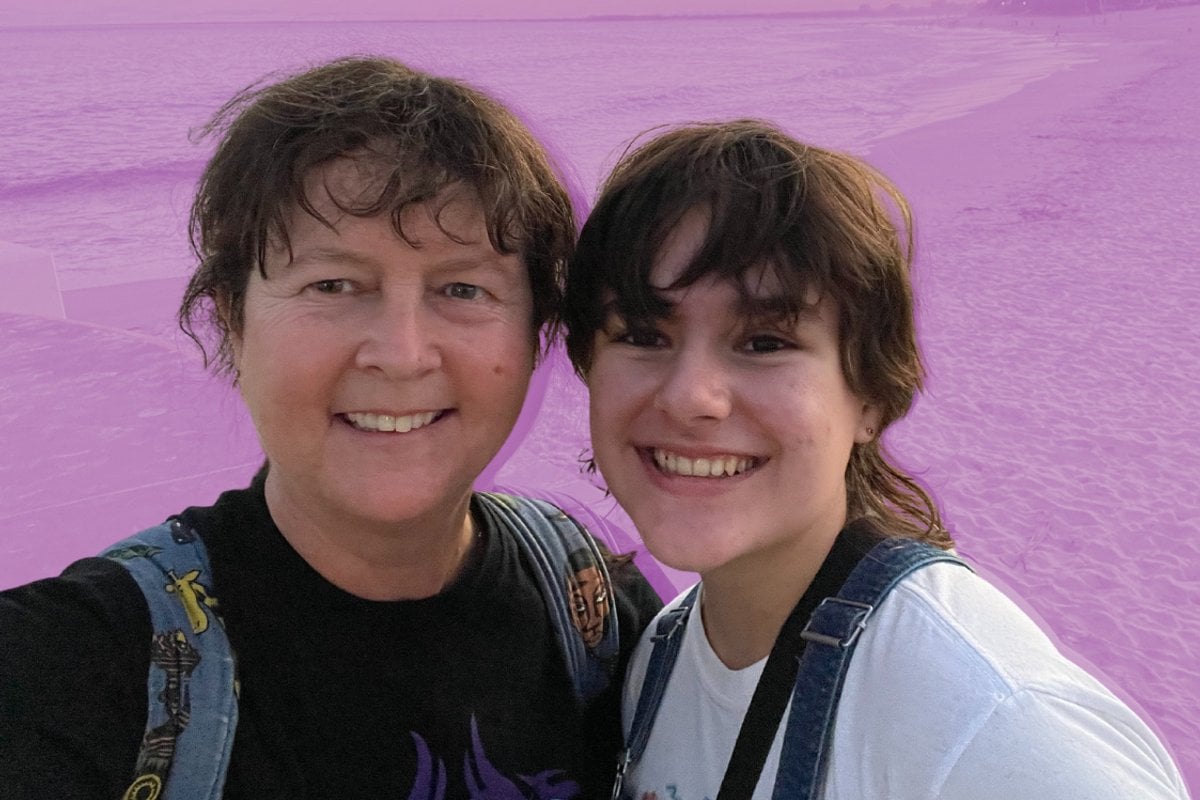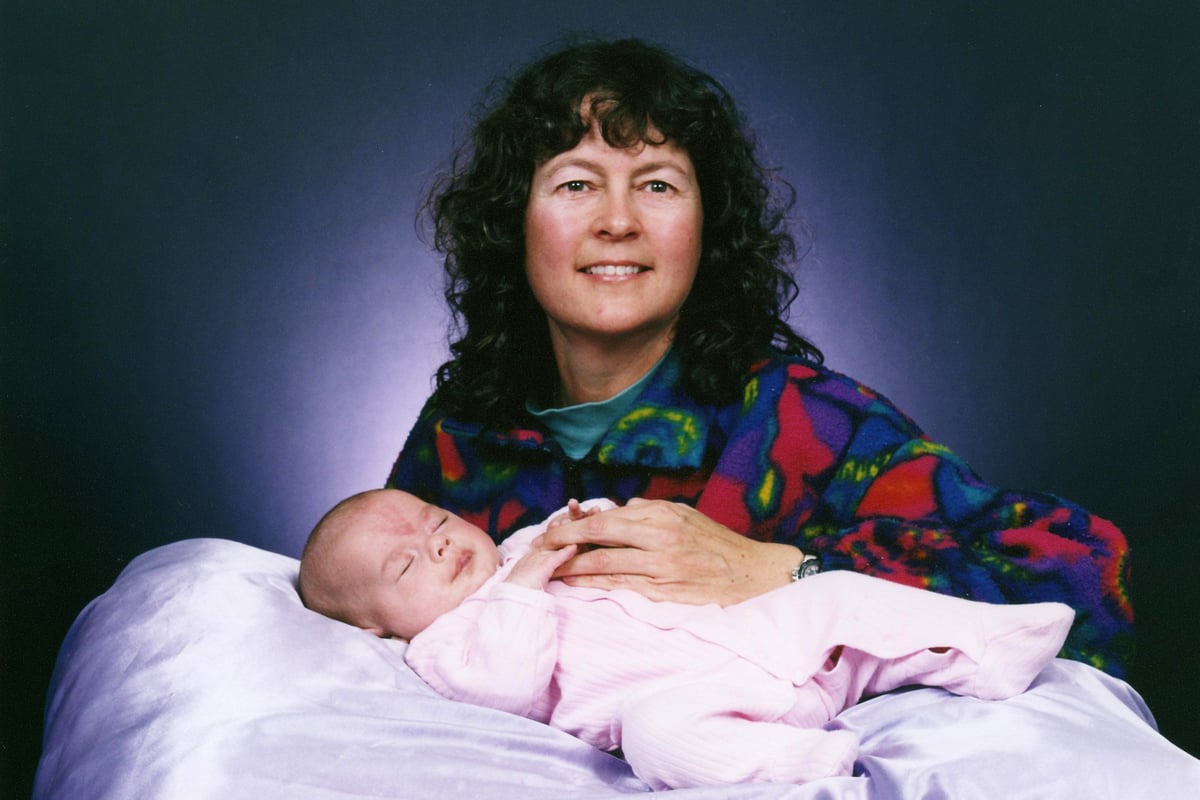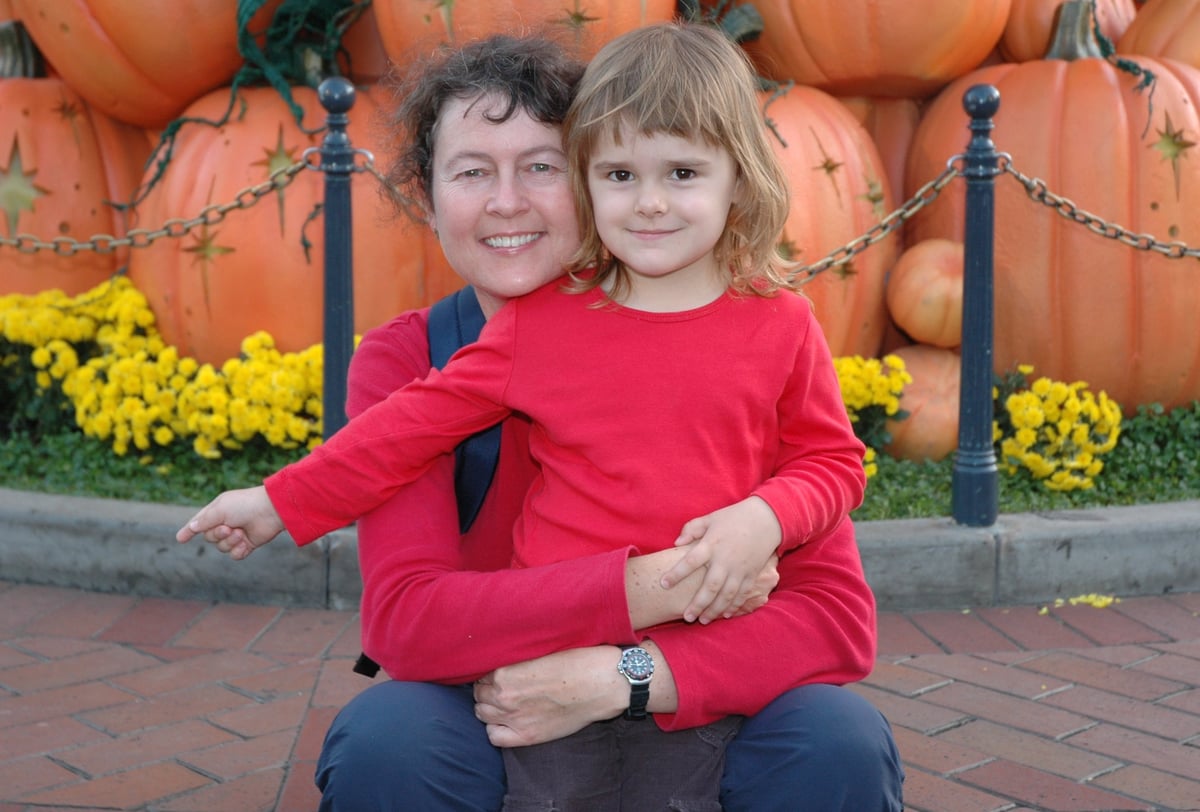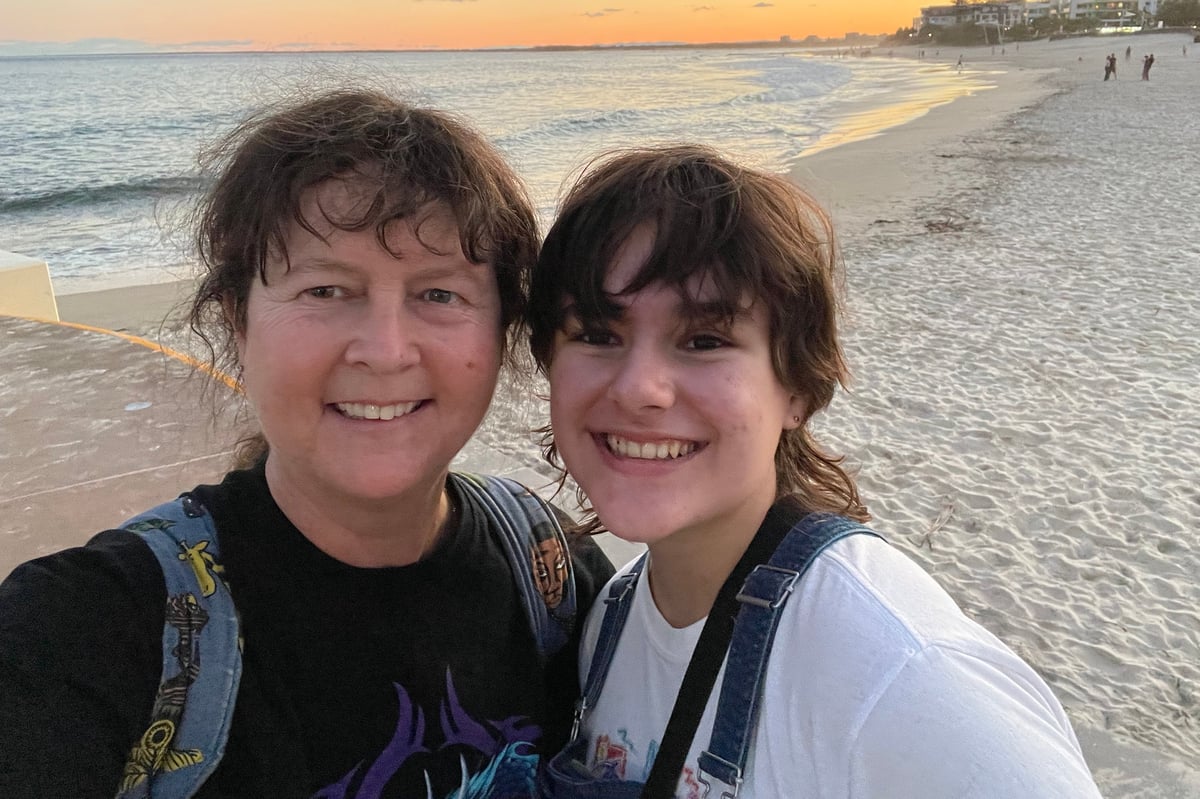
Quill was just two years old when they started asking questions about their egg and sperm donors.
"I was just curious all my life," the 14-year-old told Mamamia.
"I always wanted to know my genetic parents... Who are they? What did they do for their job? What are their hobbies?"
Growing up, Quill's mother, Anne, a single mum by choice, has always been very open about how Quill was conceived.
"I quite deliberately brought up the donors in ordinary conversation from a very young age," said Anne, who features on Tuesday night's episode of SBS' Dateline with Quill.
"I remember once we were watching an episode of Sesame Street where they were looking at musical instruments. And I went, 'Oh, that's a viola! That's the instrument your dad plays."
Watch: Mamamia's Get Me Pregnant podcast. Post continues below.
But aside from the information in the sperm donor's profile, Anne didn't know much more about him. She didn't even have a photo.
As Quill became older, their questions became more and more detailed.





Top Comments